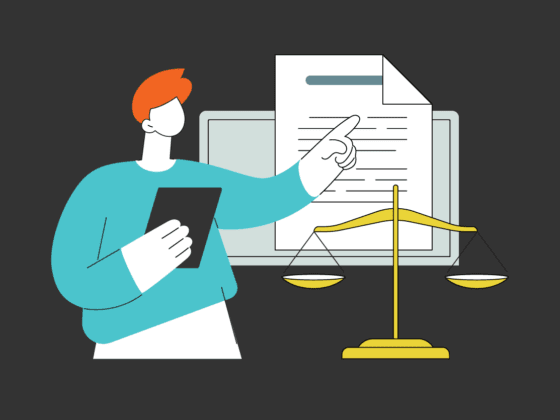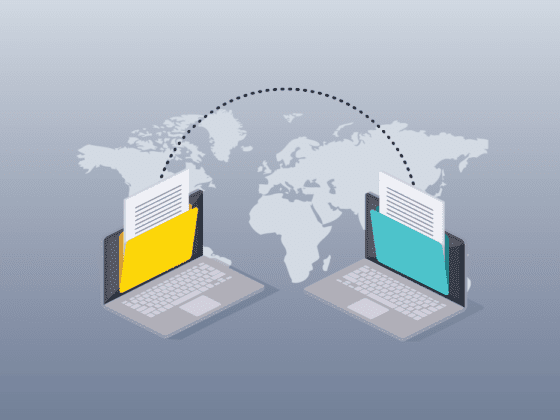Oooh Wow! The cost of eDiscovery. Let’s face it — the reason why eDiscovery is still such a pernicious topic in the legal profession are the eDiscovery costs.
Most of the other details about managing ESI in litigation are well understood. We know, for example, that almost all electronic data and metadata is discoverable. And thanks to the updated Federal Rules of Civil Procedure, there is a pretty clear road map for meeting with opposing counsel about ESI. But the area where battles over ESI invariably break out is still the cost.
This is nothing new. In fact, the first case that brought eDiscovery to most lawyers’ attention, the Zubulake case, was about cost sharing. As outlined in the recent Law.com article eDiscovery Costs Recovery in the Digital Age, cost shifting remains a thorny and problematic question. Interestingly to us, one of the most expensive issues involves production of evidence to other parties.
Cost of ediscovery production
Production costs are incurred at many levels. For example, courts have almost invariably held that the costs of scanning documents and converting files to TIFF or PDF format for production, creating a production database, and collecting and storing ESI are all legitimate costs. And of course, the cost for hiring consultants and the associated software and hardware costs for managing production are also recoverable.
For example, in the a recent anti-trust matter In re Aspartame Antitrust Litig., 416 Fed. Appx. 208 (3d Cir.2011), you can see an itemized list of the eDiscovery costs in one fairly typical battle. In this matter, the court awarded one party $26,244 for “Production Processing Fees” and $1,200 for creating Concordance load files. These awards are just to cover the cost of creating load files allowing documents to be saved to a review platform and Concordance database. Another $2,050 was awarded just for capturing metadata fields and labeling files for production.
Those costs are often just the beginning of the production process, depending on how parties choose to manage the process. In this case, the parties were also awarded thousands of dollars in printing costs at .25 cents per page for photocopying, and several thousand dollars for creating DVD copies of data. These awards represent only portion of the total amounts requested, including more than $15,000 in costs associated with converting documents from the TIFF format to PDF, for which the court did not award payment.
We believe that electronically stored information should remain stored electronically- that is, there is no need to produce to paper or disk when data is stored in our cloud-based platform.
‘Digital’ ediscovery production
The Aspartame suit was withdrawn before it could even progress very far. But you can see the parties had quickly incurred perhaps hundreds of thousands of dollars related to production of data. As we outlined in our recent Nextpoint WIRE post, many of these costs are not truly necessary. With Discovery Cloud WIRE, data is produced once within one platform, and many of the expensive, cumbersome, and time-consuming tasks listed above are eliminated.
We believe that electronically stored information should remain stored electronically- that is, there is no need to produce to paper or disk when data is stored in our cloud-based platform. Now it can be produced to other parties with a click of a button. We have taken the first step in addressing the current compounding eDiscovery costs, and are confident our Nextpoint WIRE is the first of it’s kind to mitigate the cost battles in eDiscovery.






